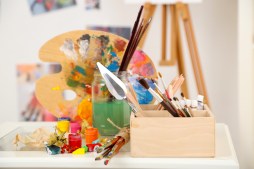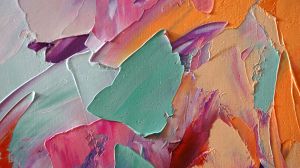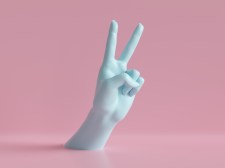Essential Materials and Tools for Building Your Own Art Curriculum

Creating a DIY art curriculum at home is a rewarding way to nurture creativity and artistic skills in a personalized environment. Whether you’re teaching children or adults, having the right materials and tools is essential for building a comprehensive and engaging art program. In this article, we’ll explore the essential supplies you need to get started on your journey to crafting an inspiring art curriculum from the comfort of your home.
Understanding Your Artistic Goals
Before gathering materials, it’s important to define what you want your art curriculum to achieve. Are you focusing on drawing fundamentals, painting techniques, or mixed media? Knowing your goals helps tailor your supply list effectively, ensuring each tool serves a specific purpose in developing skills and creativity.
Basic Art Supplies Everyone Needs
A well-rounded art curriculum starts with basic supplies such as quality sketchbooks, pencils of various hardness (like HB, 2B, 4B), erasers (kneaded and rubber), sharpeners, colored pencils or crayons, watercolor paints with brushes, acrylic paints for more advanced techniques, and palettes. These foundational tools allow learners to experiment across different mediums without overwhelming them.
Specialized Tools for Diverse Techniques
As your curriculum expands into specialized areas like sculpting or printmaking, you’ll need additional items such as modeling clay or air-dry clay for three-dimensional work; linoleum blocks and carving tools if exploring printmaking; pastels or charcoal sticks for texture studies; canvases in various sizes; palette knives; and fixatives to preserve artworks. Including these tools can enrich the learning experience by introducing students to multiple forms of artistic expression.
Organizational Supplies for Effective Learning
Organization plays a key role in maintaining an efficient DIY art setup. Invest in storage containers or drawers to keep materials tidy and accessible. Use labels for quick identification of supplies. Having dedicated space like easels or work tables promotes focus during lessons. Additionally, consider instructional books or printed guides as supplementary resources alongside hands-on practice.
Incorporating Technology into Your Curriculum
Modern technology can complement traditional art instruction effectively at home. Tablets with stylus pens enable digital drawing practice while online platforms offer tutorials that can guide technique development step-by-step. Incorporate digital tools gradually based on interest level and age group to balance screen time with physical creation.
Building your own DIY art curriculum at home is both exciting and practical when equipped with the right materials and a clear plan. By starting with foundational supplies then expanding into specialized tools while keeping organization in mind—and embracing helpful technology—you can create an enriching artistic environment tailored uniquely to you or your learners’ needs.
This text was generated using a large language model, and select text has been reviewed and moderated for purposes such as readability.











